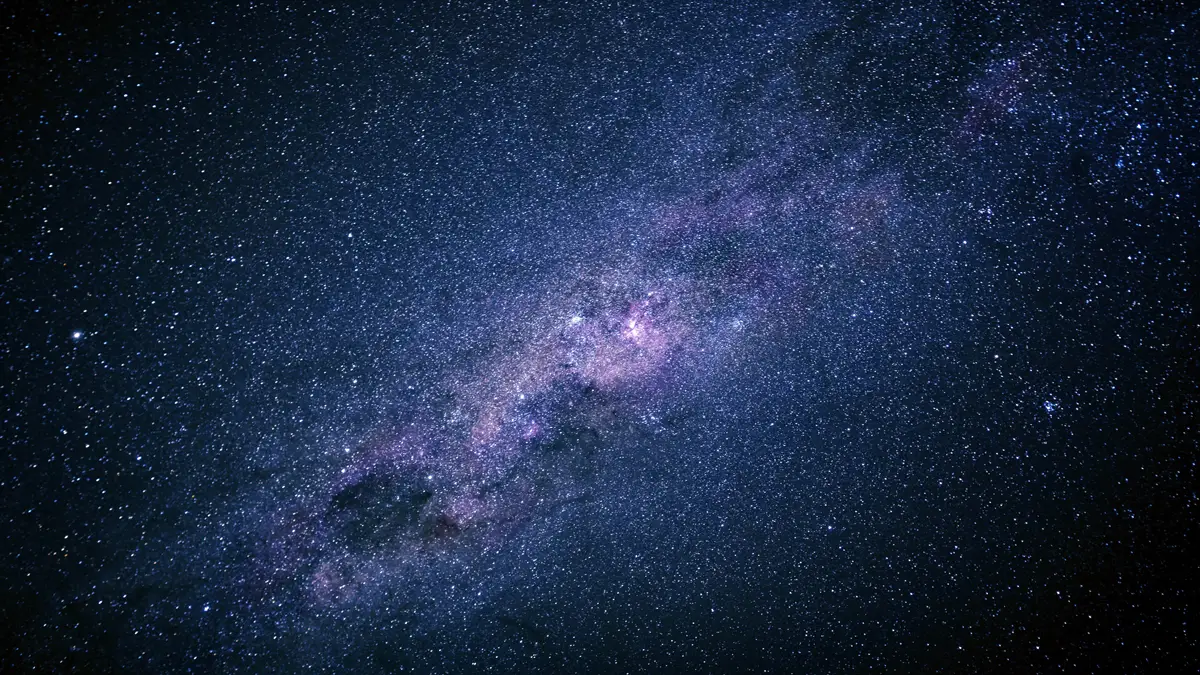Engineers have achieved near-perfect alignment of the James Webb Space Telescope’s complex optical system four and a half months after its Christmas Day launch, setting the way for final instrument calibrations and the publication of the first showcase scientific photos in July, officials announced Monday.
“I’m thrilled to announce that the telescope alignment is complete, with performance much better than we expected,” said Michael McElwain, Webb project scientist at NASA’s Goddard Space Flight Center. “We very much got a flawless telescope alignment.” There are no changes to the telescope optics that would boost our scientific performance significantly.”
On April 18, test photographs of razor-sharp stars were revealed, and on Monday, a new image was released showing two perspectives of a starfield in the Large Magellanic Cloud, a Milky Way satellite galaxy. The Spitzer Space Telescope, which is now decommissioned, captured one picture, while Webb’s Mid-Infrared Instrument, or MIRI, captured the other.
The Spitzer picture displays faint nebulosity and fuzzy stars. Webb’s vision, on the other hand, reveals pinpoint stars and well-defined clouds and filaments that reach over the field of view. According to NIRCAM senior scientist Marcia Rieke, “from an intellectual position, you can comprehend that the photos from Webb will be superior since we have 18 (mirror) segments, each of which is bigger than the single segment that constituted the Spitzer telescope’s mirror.
“You don’t truly absorb and think, wow! until you really see the type of picture it gives.” Consider what we’re about to discover! Spitzer taught us a lot, but this is a very another world. Just breathtakingly lovely.” Before commencing “Cycle 1” scientific observations this summer, scientists and engineers will spend the next two months meticulously checking out and calibrating Webb’s four science instruments, gathering test pictures and spectra to validate 17 various operating modes.
But first, the team aims to reveal a series of “early release observations,” or EROs, which will display Webb’s scientific capacity while also helping to explain its $10 billion price tag. The list of possible targets is kept under wraps, but NASA aims to reveal the chosen ERO photos and spectra in mid-July.
“Their goal is to show the globe and the public that Webb is fully functioning and producing outstanding data,” Klaus Pontoppidan, Webb project scientist at the Space Telescope Science Institute in Baltimore, said. “It’s also a chance to commemorate the start of many years of Webb research.”
The targets, which were chosen by a team of specialists, will use all four scientific instruments “to emphasize all of the Webb sciences topics… from the early cosmos to galaxies across time, to the lifetime of stars, and to other planets,” he added. Webb was built to collect dim light from the earliest generations of stars and galaxies that formed after the big bang 13.8 billion years ago, light that had been stretched out into the infrared part of the spectrum by space itself.
Webb’s secondary mirror and the 18 hexagonal segments of its 21.3-foot-wide main mirror, each with ultra-precise tilt actuators, had to be positioned with nanoscale accuracy to achieve its razor-sharp focus, an iterative process that essentially blended 18 reflected beams into a single point.
Webb must function within a few degrees of absolute zero to detect the stretched-out infrared light from the first stars and galaxies, a feat made feasible by a delicate five-layer sunshade that deployed successfully immediately after launch. MIRI, which is outfitted with a high-tech “cryo-cooler” to boost its capacity to see longer wavelengths, has reached minus 449 degrees, only 6 degrees above absolute zero, since then.
“Overall, the observatory has performed well,” McElwain said. “We’re in the home stretch now.” We’re now characterizing and calibrating the observatory as well as the scientific equipment. “There are always dangers moving ahead in my opinion, but I’m certain that we’ll get to the finish line here and have a fantastic research mission with significant scientific discoveries in the next months.” So I’m simply overjoyed to have arrived at this moment.”
Source: CBS News

